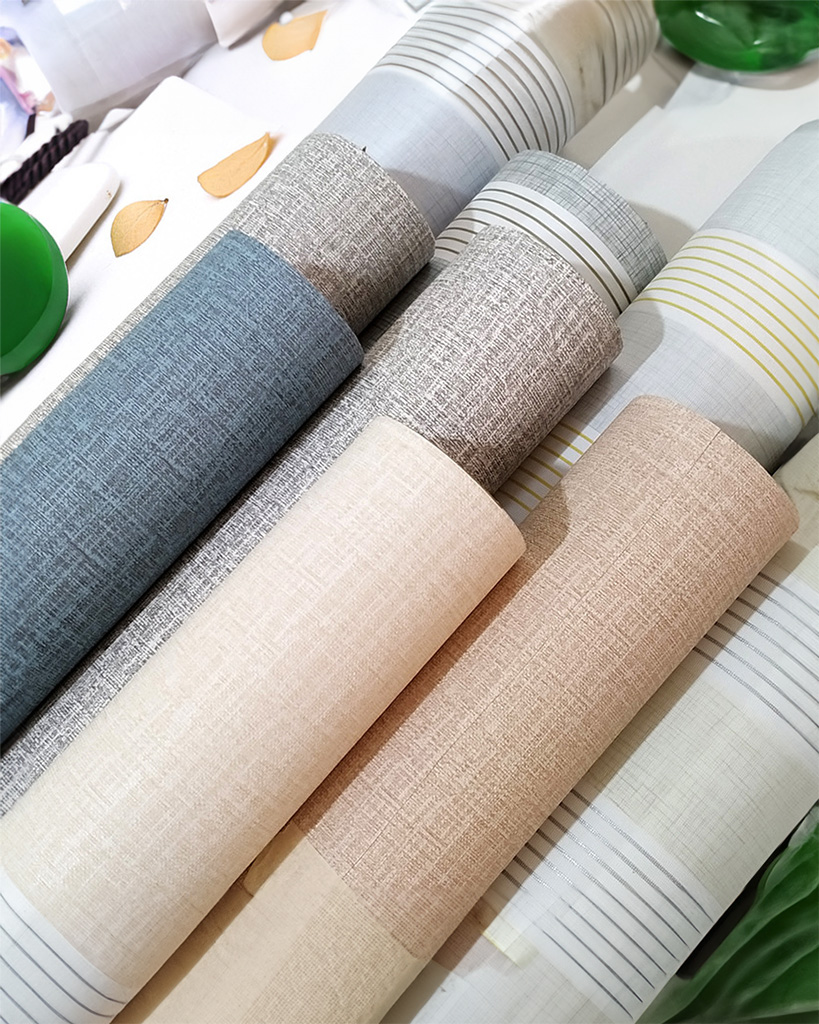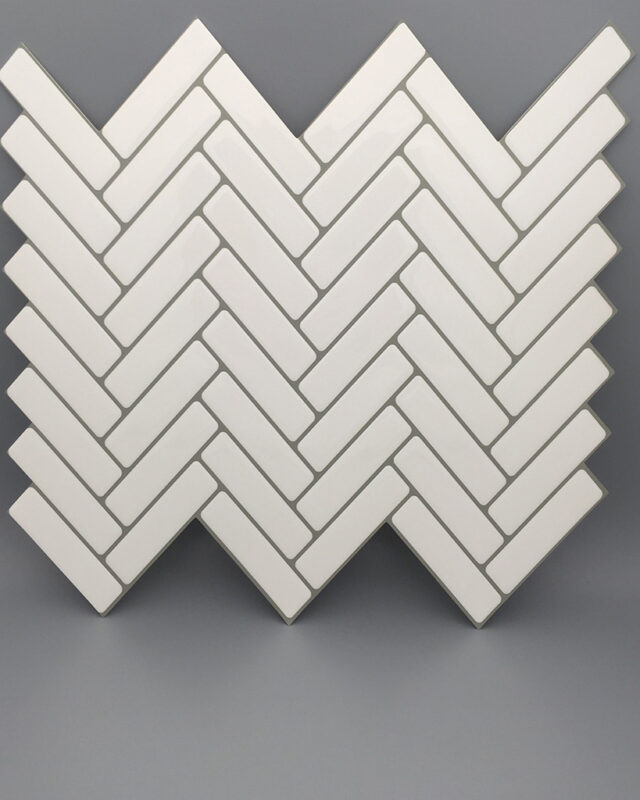When it comes to home decoration and renovation, two popular easy DIY options are peel-and-stick wallpaper and peel-and-stick tile. Both provide convenient alternatives to traditional wallpaper and tile installation, allowing even those without professional skills to quickly update the look of their rooms. But which is the better choice? Here is an in-depth comparison of the pros and cons of using removable peel and stick wallpaper or tile for home decor.

Peel and Stick Wallpaper
Peel-and-stick wallpaper, also known as self-adhesive wallpaper, provides an easy and affordable way to change up wall designs without the mess or hassle of traditional wallpaper. Some key advantages include:
- Easy to install – the adhesive backing lets you simply peel and stick onto surfaces. No wallpaper glue or skills are needed.
- Relatively inexpensive compared to many other decor options. The average wallpaper roll costs $10-$50 depending on quality.
- Tons of design options are available, from modern geometric patterns to nature themes and more. Allows matching personal style.
- Removable and reusable. Wallpaper can be easily switched out to refresh a room’s look whenever desired.
- Lightweight material easy for DIY installation. No special tools are required.
However, there are some downsides:
- Not very durable or long-lasting. Paper material is prone to peeling, and tearing over time.
- Moisture sensitive. Not suitable for bathrooms, kitchens, or high-humidity places.
- Removal can damage drywall. Walls may need repairs and repainting when switching decor.
- Does not provide an ultra-luxurious look compared to some other options.

Peel and Stick Tiles
Peel-and-stick tile provides a versatile upgrade from wallpaper with a high-end tile appearance. Benefits include:
Peel-and-stick tile provides a versatile upgrade from wallpaper with a high-end tile appearance. Benefits include:
- Very durable and water-resistant. Ideal for kitchen backsplashes and bathrooms.
- Sophisticated polished look. Visually resembles real ceramic or stone tile.
- Wide range of textures and patterns available – mosaic, marble, brick, etc.
- Sticks tightly to surfaces without the need for grout or adhesives.
- Removable, reusable, and repurposable on new surfaces.
- Easier to keep clean compared to wallpaper.
Potential disadvantages:
- More expensive than wallpaper. Prices range from $5-$20 per square foot.
- Permanent feel – not designed for frequently changing up designs.
- Precision is required when installing to avoid uneven planks.
- Removing tiles can strip paint or drywall surfaces.
- Not eco-friendly or reusable like real tiles.
Key Differences and Recommendations.
In summary, wallpaper offers affordable redesign options for renters and those wanting to frequently refresh looks. But tile provides superior durability and style for kitchens, baths, and permanent installations. Those on a budget or in temporary spaces may prefer wallpaper. Homeowners seeking high-end finishes for the long term are better suited with tile. Consider factors like cost, usage, personal taste, and longevity when choosing between the two promising peel-and-stick decoration materials. With the right option picked, it is easier than ever to stylishly transform living spaces.
Hope these details help highlight the decorative and practical differences between wallpaper and tile options! Let me know if you need any clarification or have additional questions.